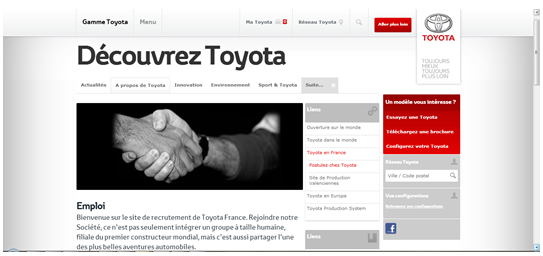“Transcreation?” I can hear you asking. It may be a new bit of terminology for a lot of readers but the concept of transcreation is slowly being understood and applied within business more frequently – and HR is no different. In this article I would like to introduce you to transcreation and explain how HR practitioners may want to apply it within their workplace.
If you have heard of translation then you are not too far off understanding transcreation. The simplest way I can describe it is ‘creative translation’. Rather than translating words from one language into another, transcreation is about conveying meaning from one into another; the words are no longer important. It takes words and meanings, looks at the country or culture they are meant to be ‘translated’ into and then adapts them to ensure they have the desired effect.
For example, McDonald’s decided against the use of their catchy “I’m lovin’ it” in China due to the gravity with which the word “love” is used; they transcreated the slogan to become 我就喜欢 (“I just like (it)”) which suited the language and culture more. Similarly the slogan received tweaks in many key countries where the original was deemed inappropriate.
Transcreation is traditionally used within marketing, advertising and the more creative sides of business, however its principles apply across the board – it is important to speak to people in a way they connect with, to communicate in language they relate to and to convey meanings they value.
Within HR, these concepts are just as important. Employees, both at home and internationally, are increasingly culturally diverse. When communicating, working with or managing employees from different countries it is vital to get the message across correctly. Yet how many times do we consider the language, wording, phrases or meanings we use when working with this population? Are messages getting across correctly? Or are they getting lost in translation?
Let’s take a live example from Toyota. If you look at the car manufacturer’s UK and French career pages on its websites, you will find two very different messages.

The UK one could be could be considered as quite ‘dry’; it’s all about careers and working with the best in the industry. However, this what UK candidates will want to see and aspire to. It works.

If we look at the French version however, the language is all about the ‘experience’, integrating yourself into a ‘family’ and embarking on an ‘adventure’. Much more touchy feely; much more French.
Policies, letters, surveys, reports, recruitment ads, notices, manuals and presentations are just a few areas where HR needs to communicate in written form. Where this takes place across languages and cultures, a touch of transcreation will never go amiss. So next time you plan on sending out or using some sort of communication, stop and think about your audience; if it’s an international or multicultural one consider how best to get your message across.










